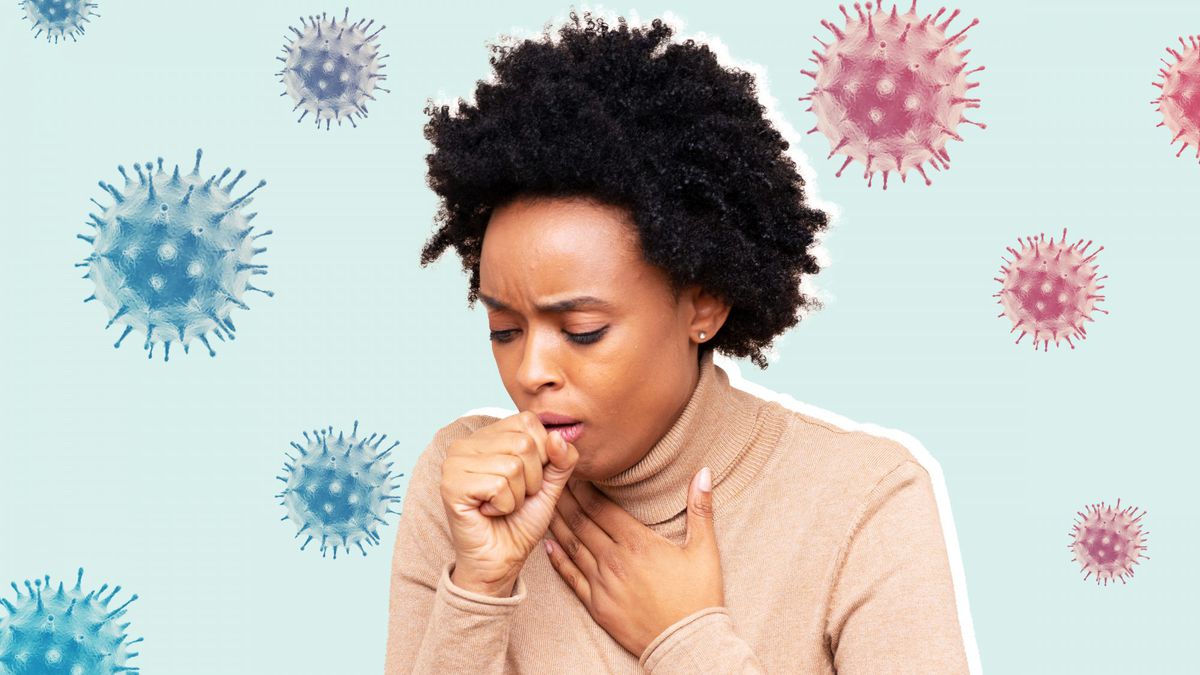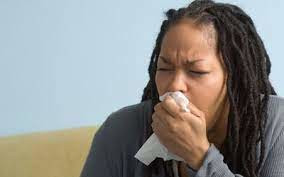Reprint from https://www.health.com/
Respiratory syncytial virus is on the rise in the Southern US. By Korin Miller June 16, 2021
While people have been laser-focused on COVID-19 for months, the Centers for Disease Control and Prevention (CDC) is now warning about the rise of another respiratory virus: RSV.
The CDC issued a health advisory on June 10 that warned doctors about an increase in cases of respiratory syncytial virus (RSV) across the southern US. “Due to this increased activity, CDC encourages broader testing for RSV among patients presenting with acute respiratory illness who test negative for SARS-CoV-2, the virus that causes COVID-19,” the advisory read, before noting that RSV is linked with “severe disease” in young children and older adults.

“This health advisory also serves as a reminder to healthcare personnel, childcare providers, and staff of long-term care facilities to avoid reporting to work while acutely ill-even if they test negative for SARS-CoV-2,” the advisory said.
RSV is one of those viruses that you may be aware of on some level, but are probably fuzzy on the details. Here’s what you need to know.
RELATED: Can COVID-19 Cause Diabetes? Here’s What You Need to Know
What is RSV?
Respiratory syncytial virus is a common respiratory virus that usually causes mild, cold-like symptoms, according to the CDC.
RSV spreads a few different ways:
- When an infected person coughs or sneezes
- When you get virus droplets from a cough or sneeze in your eyes, nose, or mouth
- When you touch a surface that has the virus on it, such as a doorknob, and then touch your face before washing your hands
- When you have direct contact with RSV like kissing the face of a child with the virus
RSV cases had been below normal levels since April 2020, but they started rising in March 2021, the CDC says. Cases have particularly exploded in Florida, Georgia, North Carolina, Texas, and Oklahoma, per CDC data.
Is RSV serious?
It can be. Most people with RSV get better in a week or two, the CDC says, but the virus can be serious, particularly when it infects infants and older adults. RSV is the most common cause of bronchiolitis, an inflammation of the small airways in the lung, and pneumonia, an infection of the lungs, in children under the age of one in the US.
Each year, RSV leads to about 58,000 hospitalizations and up to 500 deaths in children under 5, as well as 177,000 hospitalizations and 14,000 deaths in adults aged 65 years or older, the CDC says.
RELATED: The COVID-19 Delta Variant: Everything We Know About It So Far, According to Experts
What are the symptoms of RSV?
People who are infected with RSV will usually have symptoms 4-6 days after they’re infected, the CDC says. Those usually include:
- Runny nose
- Decrease in appetite
- Coughing
- Sneezing
- Fever
- Wheezing
Why are RSV cases rising in the South?
It’s not entirely clear at this point why people in Southern states are getting hid harder with RSV. What we do know: It’s unusual to see this many RSV cases at this point in the year.
“RSV normally is seen in the late fall and wintertime,” respiratory tract infection expert Timothy Murphy, MD, senior associate dean for clinical and translational research at the University at Buffalo Jacobs School of Medicine, tells Health. “It peaks in the winter and reduces dramatically in the springtime. But that didn’t happen this year.”
There are some theories about what’s behind this, though. “It may be that RSV levels were low in the winter because of masking and reduced interactions among people-the virus wasn’t transmitted as much,” Dr. Murphy suggests. Now that the COVID-19 vaccine has been used more widely and people are resuming some sense of normalcy, the virus has more opportunity to pass from person to person. “Kids are going back to daycare, and families and folks are getting together more-that can cause RSV to spread,” he says.
It’s possible that doctors are doing more RSV testing right now to try to figure out what’s behind a patient’s respiratory symptoms in the age of COVID-19, Richard Watkins, MD, an infectious disease physician and professor of internal medicine at the Northeast Ohio Medical University, tells Health. “It might be testing bias in that RSV is being detected more because of all of the testing for COVID,” he says.
Ultimately, though, Dr. Murphy says that “we can all speculate, but I don’t think anyone knows the reason behind this for sure.”
RELATED: What You Need to Know About Asthma and COVID-19, According to Experts
How to tell RSV from COVID-19 symptoms
If you develop symptoms, it’s only natural to wonder if your symptoms could be due to RSV or COVID-19, considering that we’re still dealing with a global pandemic. Unfortunately, there’s no easy way to tell without seeing a doctor.
“You can’t be 100% sure,” Dr. Murphy says. “They both may cause upper respiratory-type infections.” Because of this, he says, “tests are going to be necessary.”
If you develop symptoms of RSV, talk to your doctor. They’ll likely want to test you for RSV and COVID-19, just to be safe.
To get our top stories delivered to your inbox, sign up for the Healthy Living newsletter

